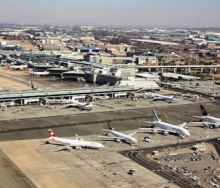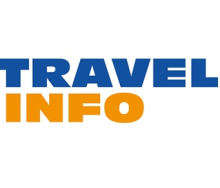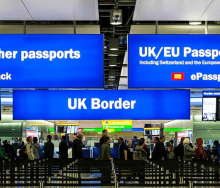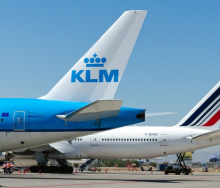The European Travel Information and Authorisation System (ETIAS), the EU’s €7 (R140) visa-waiver form to enter its passport-free zone, is to launch in the first half of 2025.
ETIAS will apply to non-EU citizens from 60 countries around the world that have visa-free travel with the EU (this excludes South African passport holders).
British passport holders will be required to complete ETIAS forms to enter the EU once the system is up and running.
ETIAS is modelled on the pre-existing Electronic System for Travel Authorisation (ESTA) scheme operating in the US.
ETIAS authorisation will be valid for three years, permitting unlimited entries to the Schengen Area within the 90-day-per-180-day rule. Travellers must reapply after three years. The fee will apply to adults aged 18-70.
The system’s implementation has experienced significant delays after it was expected to be introduced in 2023.
Introduction of EES
Alongside ETIAS, the EU will launch the Entry/Exit System (EES), starting on November 10.
This digital system will require non-EU citizens to register their fingerprints, photos, and passport details upon entering the EU. Passport holders from various countries that require a Schengen visa will be required to register in the EES once they arrive at the border, as well as having an approved Schengen visa.
These travellers’ passports will no longer be manually stamped by an immigration officer upon entering and exiting any Schengen Area, but will instead have their passports read at machines in airports and seaports.
EES registration will replace the current passport stamping process and will need to be revalidated with each border crossing during the three-year validity period.
EES aims to strengthen security by making it easier to track the duration of visitors’ stays and to detect fraudulent activities such as the use of fake passports. However, the system is expected to increase processing times at borders, potentially leading to longer queues.














